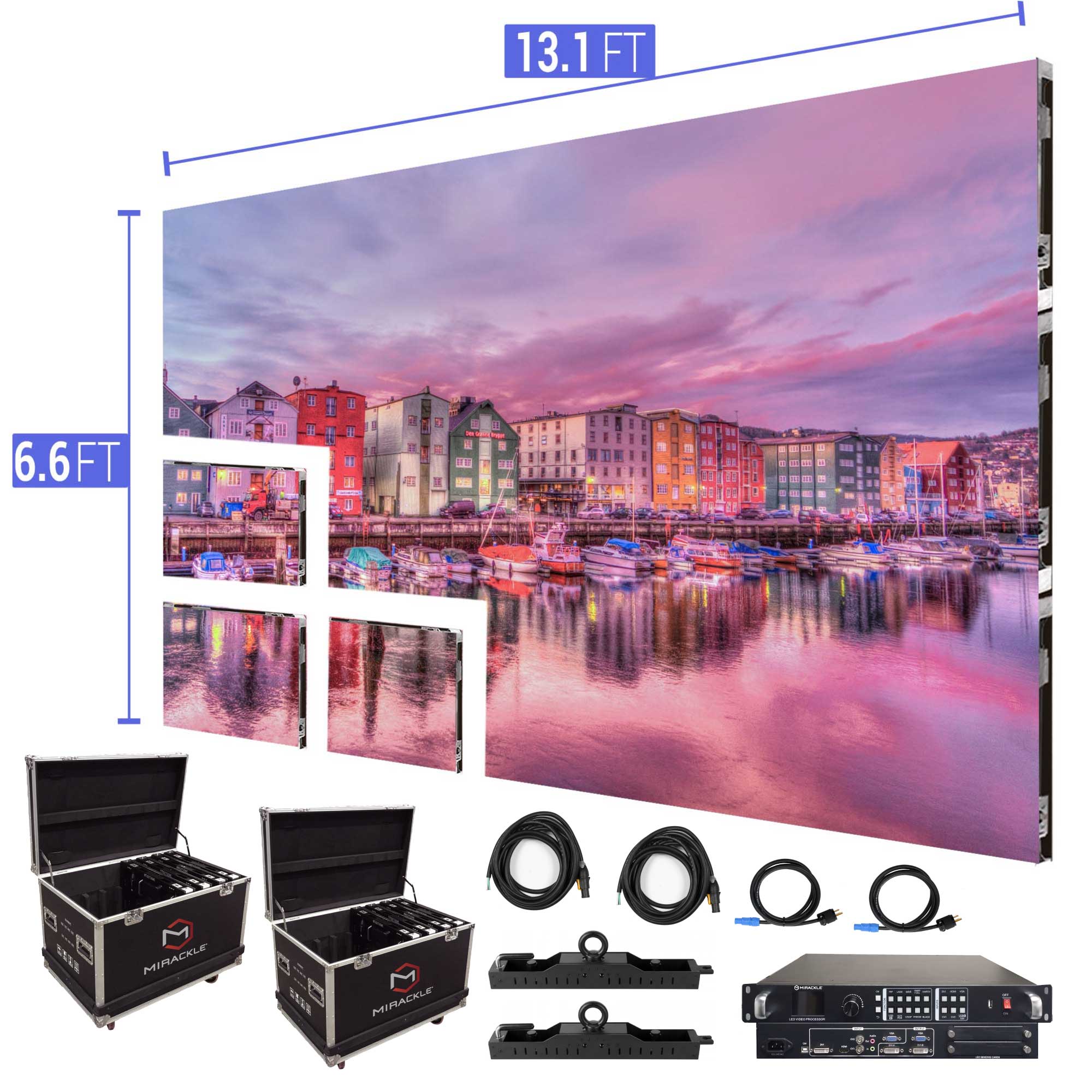Investigating the Durability of Light Emitting Diode Display Panels in Contrast to Traditional Display Methods
Investigating the Durability of Light Emitting Diode Display Panels in Contrast to Traditional Display Methods
Blog Article
Light-emitting diode wall screens have become progressively favored in recent years, especially in environments like schools, businesses, and community areas. These screens use LED diodes (LEDs) to create bright and lively images. One of the most significant benefits of LED innovation is its durability compared to conventional display technologies, such as CRT tube monitors (CRTs) and LCD display displays. Grasping the distinctions in lifespan and functionality between these options can assist consumers make knowledgeable choices about their display needs.
Classic display methods, like CRTs, have been present for many years. They were commonly used in televisions and PC screens. However, CRTs have a shorter duration, generally lasting around 10,000 to 20,000 hrs of operation. This means that after a couple of years, users may notice a decline in image quality, such as dimming or hue distortion. In contrast, LED panel screens can last significantly longer, often exceeding 50,000 hrs. This prolonged duration means that users can experience reliable performance without the requirement for regular replacements.
Another crucial aspect to consider is energy conservation. LED panel panels utilize less power than traditional screens, which not only helps the environment but also lowers power costs. For instance, while a CRT monitor may consume approximately 100 W of energy, an LED panel can use as little as 30 to 50 W. This discrepancy in energy usage contributes to the total durability of LED technology, as lower power usage generates minimal thermal energy. Excess heat can damage electrical parts, leading to a shorter lifespan for conventional screens.
In addition to their longer duration and power conservation, LED wall panels also provide superior visual clarity. They provide brighter hues and improved contrast, making them ideal for multiple uses, from advertising to educational presentations. The innovation behind LED screens allows for a wider viewing angle, meaning that visuals remain clear and vibrant even when viewed from the flank. This is a major advantage over traditional displays, which frequently experience from hue deformation and reduced luminosity at wider angles.
In conclusion, the durability of LED panel screens in contrast to traditional screen methods is a crucial factor for consumers to consider. With durations that can surpass 50,000 hours, power conservation, and superior image quality, LED innovation provides many advantages. As innovation continues to progress, LED panel panels are likely to Check This Out become even more prevalent in various environments. Grasping these differences can help people and entities make improved choices when investing in screen technology, guaranteeing they receive the optimal worth for their needs.